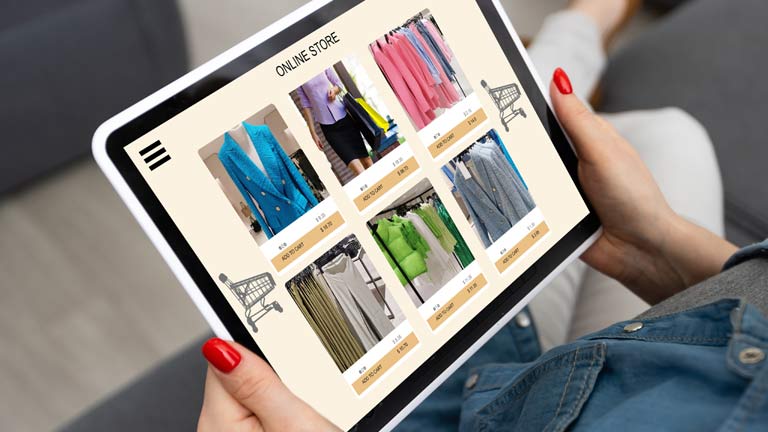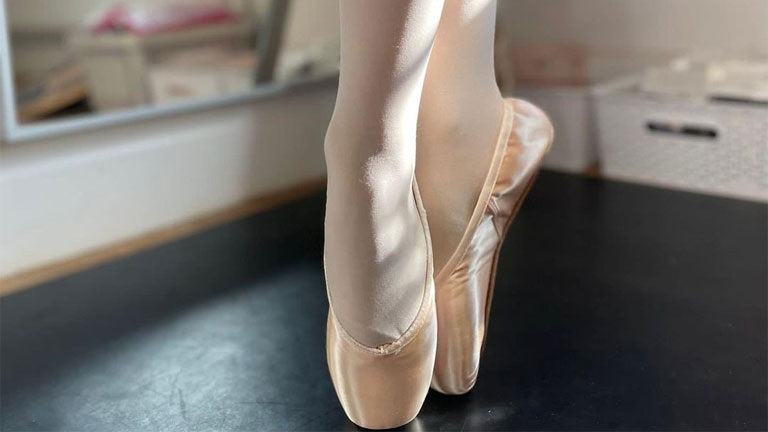 There are many set standards and rules when it comes to technical work in Australia. Some of the requirements include fluorescent work clothes, protective headgear, and so on. However, one of the critical things that are on the list is safety glasses or goggles to protect the eyes.
There are many set standards and rules when it comes to technical work in Australia. Some of the requirements include fluorescent work clothes, protective headgear, and so on. However, one of the critical things that are on the list is safety glasses or goggles to protect the eyes.
In Australia, more than 700,000 people injure their eyes at work or in homes for several reasons. Some of the reasons for eye injuries include toxic chemicals, a scratch from sharp objects, or some outdoor activities. These situations are where the significance of eyeglasses comes up, which can prevent about 90 percent of these injuries.
Safety Glasses Types
There are two types of safety glasses: non-prescription and prescription. The latter is worn by those who use regular glasses as vision and safety is their concern. Non-prescription glasses are also known as Plano lenses. They are used by those who don’t have vision problems or wear regular glasses.
Glasses vs Goggles
Even though safety glasses and goggles are very different from regular spectacles, in their standards and resistance, they are very different from each other. In Australia and New Zealand, safety eyewear is supposed to adhere to a specific AS/NZS 1337.1:2010 standard in their frames and lenses.
The lens marking must have the manufacturer’s name and identification with ocular marking. It should also have a particular level of impact resistance with splash resistance of liquid, dust particles, and molten metals.
Whereas safety glasses allow more air into the eye, goggles do not as they are fitted tightly on the face. The latter is extra protective and doesn’t even allow a speck of dust to get in. So the former is used in medical and dentistry, workshops, and wood handling. Goggles are for chemical work, metal grinding, and other risker work.
Uses
Sports activities do not require a lot of exposure to harmful chemicals or metals. Therefore a safety glass will work well in this situation. An elastic band with support to the temples will also fix them securely on the back of the head when not in use.
However, for activities like hunting and shooting, lenses with high impact are necessary. The lens will have an anti-reflective coating which can eliminate refractions that would be distracting.
Safety eyewear is used more at places that have a lot of dust or flying particles in the atmosphere. They are available in various styles like side glasses and wraparound style safety eyewear which provide additional protection. It is also available in different materials like glass, plastic, polycarbonate, and Trivex.
The glass material is heavy and tends to fog easily while the polycarbonate lens is fog resistant and lightweight. Trivex lenses offer better clarity and photochromic performance. In these, the polycarbonate and Trivex lenses provide the best protection from UV light and are more resistant to impact.
Conclusion
The frame is made more durable in safety lenses and is shatter-resistant. They are also available in various sizes other than the standard ones with adjustable temples and fit. Safety eyewear is also available in more wide or narrower lenses, according to the needs of the user. Thus, safety lenses are very accommodating so that everybody can use them. They are essential to keep the eyes safe and prevent any injury.




